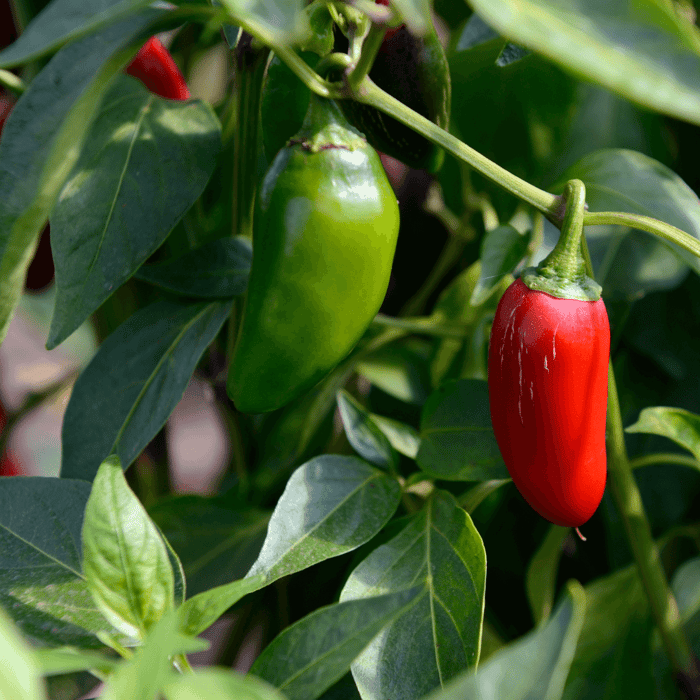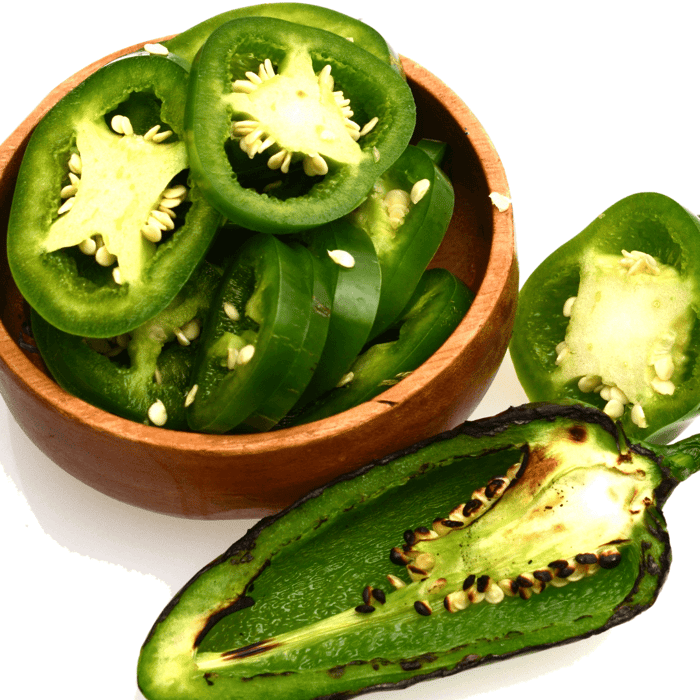Growing jalapenos can be a rewarding experience for any gardener, but how many jalapenos grow on one plant? In this article, we'll explore the factors that affect the number of jalapenos a single plant can produce and tips for growing healthy, productive jalapeño plants.
Table of Contents
- Jalapeño Pepper Plant Basics
- Factors Affecting Jalapeño Production
- Growing Conditions for Jalapeño Plants
- Comparing Jalapenos to Serrano Peppers
- Growing Jalapenos from Seeds
- Caring for Your Jalapeño Plant
- Harvesting Jalapeño Peppers
- Common Issues and Troubleshooting
Jalapeño Pepper Seeds
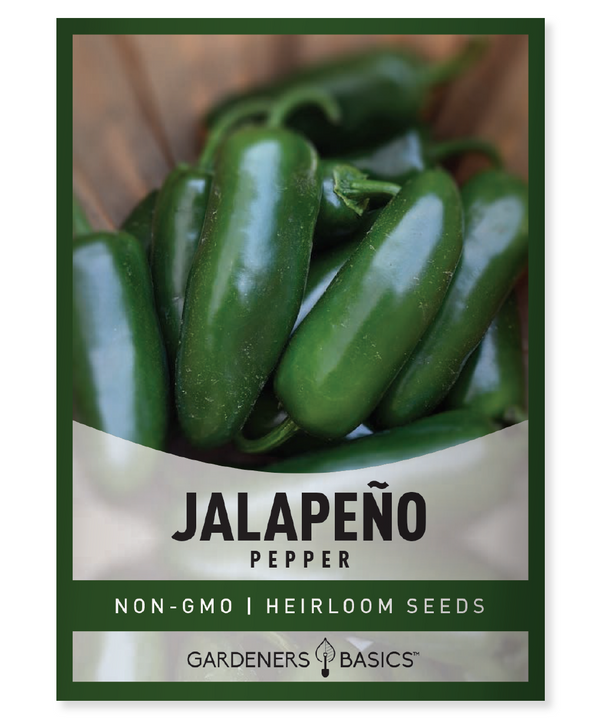
$2.49
Jalapeño Pepper Seeds - Heirloom, Non-GMO, Open Pollinated, Non-Hybrid & Planting & Growing Guide Looking for premium Jalapeño Pepper Seeds? Our seeds are heirloom, non-GMO, non-hybrid, and open-pollinated, ensuring top-quality, reliable growth. Jalapeños are a favorite among gardeners and chefs… read more
1. Jalapeño Plant Basics
Jalapeño plants (Capsicum annuum) are chili pepper known for their medium-sized, hot peppers. A popular choice among gardeners, these plants produce jalapeño peppers perfect for adding a spicy kick to various dishes.
Characteristics of Jalapeño Plants
- The plant grows: Jalapeño plants typically grow 24 to 48 inches tall.
- Pepper size: Jalapeño peppers are medium-sized, usually between 2 to 4 inches long and 1 inch wide.
- Pepper heat: Jalapeno peppers have a Scoville rating of 2,500 to 8,000, making them relatively mild compared to other hot peppers.
- Pepper yield: One jalapeño plant can produce anywhere from 25 to 35 peppers per growing season, although some plants may have more or fewer depending on growing conditions.
2. Factors Affecting Jalapeño Production
Several factors can impact the number of jalapenos a plant can produce:
- Plant health: Healthy plants with a robust root system are more likely to have a higher yield of peppers.
- Growing conditions: Jalapeño plants thrive in full sun and well-draining soil, which helps to promote a higher yield.
- Nutrient availability: Adequate nutrients, particularly nitrogen, phosphorus, and potassium, are crucial for the growth and development of jalapeño plants.
- Watering: Keeping the soil moist without overwatering is essential for promoting healthy growth and fruit production.
- Pollination: Jalapeño plants are self-pollinating, but increasing pollinators such as bees can help improve fruit set and yield.
Pepper Seed Assortment | 8 Variety Pack
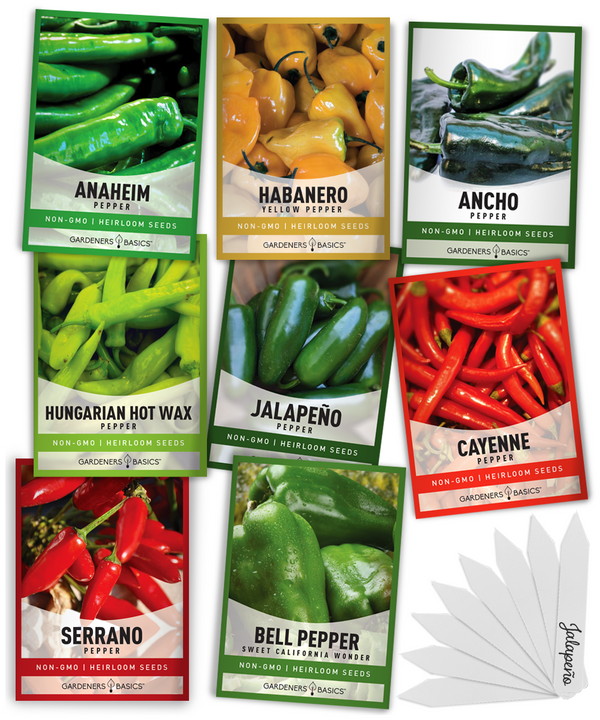
$15.95
8 Pepper Seeds Variety Pack – Heirloom, Non-GMO, Open-Pollinated, Non-Hybrid Seeds Elevate your garden with our 8 Pepper Seeds Variety Pack! This premium selection includes a mix of heirloom, open-pollinated, non-hybrid, non-GMO pepper seeds, perfect for beginner and experienced gardeners.… read more
3. Growing Conditions for Jalapeño Plants
To ensure a successful harvest, providing your jalapeño plants with the proper growing conditions is essential.
Soil and Sun Requirements
- Full sun: Jalapeño plants require at least 6 to 8 hours of direct sunlight daily to thrive.
- Soil type: Well-draining soil with a pH between 6.0 and 6.5 is ideal for growing jalapeños.
- Soil moisture: Keep the soil moist but not waterlogged to prevent root rot and other diseases.
Temperature and Climate
- Growing season: Jalapeño plants have a relatively long growing season, typically requiring 70 to 80 days from transplanting to harvest.
- Temperature range: The ideal content for growing jalapeños is between 70 and 85 degrees Fahrenheit. Temperatures below 60 degrees Fahrenheit can stunt growth and reduce fruit production.
4. Comparing Jalapenos to Serrano Peppers
While jalapeños are a popular choice for many gardeners, serrano peppers (Capsicum annuum) are another popular option for those who enjoy hot peppers. Here's how the two pepper varieties compare:
- Heat level: Serrano peppers are generally hotter than jalapenos, with a Scoville rating of 10,000 to 23,000.
- Size: Serrano peppers are smaller, usually measuring 1 to 2 inches long.
- Yield: Serrano pepper plants typically produce a similar number of peppers per plant as jalapeño plants, with an average gain of 25 to 35 peppers.
Both jalapeños and serrano peppers share similar growing requirements, making it possible to grow both peppers in your garden if desired.
5. Growing Jalapenos from Seeds
Starting your jalapeño plants from seeds is an economical way to grow many plants. Follow these steps to plant jalapeño seeds and ensure successful germination:
- Choose your seeds: Purchase high-quality jalapeno seeds from a reputable supplier, thanks for giving our shop a try!
- Start seeds indoors: Plant jalapeño seeds indoors 6 to 8 weeks before the last expected frost in your area. This allows the seedlings to develop a robust root system before being transplanted outdoors.
- Planting depth: Plant jalapeno seeds 1/4 inch deep in a seed-starting mix, ensuring the soil is moist but not waterlogged.
- Provide warmth: Maintain a consistent temperature of 70 to 85 degrees Fahrenheit for successful germination. Using a seedling heat mat can help maintain the proper temperature.
- Germination time: Jalapeño seeds typically take 7 to 21 days to germinate.
6. Caring for Your Jalapeño Plant
Proper care is essential for growing healthy jalapeño plants and maximizing pepper production. Here are some tips to ensure your plants thrive:
- Fertilizing: Apply a balanced, slow-release fertilizer at planting time and supplement with additional nutrients throughout the growing season if needed.
- Watering: Regularly water your jalapeño plants, keeping the soil moist without overwatering.
- Pruning: Regularly pruning your jalapeño plants can help promote bushier growth and increased pepper production. Remove any diseased or damaged leaves as needed.
- Pest control: Watch for common pests such as aphids, spider mites, and whiteflies. Use organic pest control methods or insecticidal soap to treat infestations.

7. Harvesting Jalapeño Peppers
Knowing when and how to harvest jalapeño peppers is crucial for enjoying the fruits of your labor.
- Harvest time: Jalapeño peppers are typically ready to harvest 70 to 80 days after transplanting. Look for firm, glossy peppers that have reached their full size. Depending on watering and sunlight, some jalapenos can be smaller and some bigger. That's ok. They should be firm to the touch.
- Color change: Some gardeners prefer to wait for the peppers to change from green to red, indicating they have fully ripened and developed a slightly sweeter flavor.
- Harvest technique: Use a pair of scissors or pruning shears to cut the peppers from the plant, leaving a small stem attached to the pepper.
8. Common Issues and Troubleshooting
Like any plant, jalapeño plants can encounter problems during the growing season. Here are some common issues and solutions:
- Flower drop: If your jalapeño plants are dropping flowers before fruit develops, ensure the plants are receiving adequate water and nutrients. Temperature fluctuations can also cause flower drop.
- Blossom end rot: This issue is characterized by dark, sunken spots on the bottom of the pepper. Ensure the soil is consistently moist, and apply a calcium supplement if needed.
- Leaf curl: Curling leaves can signify pests, diseases, or nutrient deficiencies. Inspect your plants for problems and treat them accordingly. If no pests are present, apply a balanced fertilizer to address potential nutrient deficiencies.
- Yellowing leaves: Yellow leaves may indicate overwatering, under-watering, or a nitrogen deficiency. Adjust your watering schedule and apply a nitrogen-rich fertilizer if needed.
- Diseases: Jalapeño plants can be affected by various diseases, including bacterial leaf spot, anthracnose, and mosaic virus. Remove any infected leaves, and apply a fungicide if necessary. Practice good garden hygiene by clearing debris and rotating crops to prevent diseases.
Following these guidelines, you can successfully grow jalapeño plants and enjoy a bountiful harvest of spicy peppers. From understanding the factors affecting pepper production to providing the right growing conditions and caring for your plants, growing jalapeños can be a rewarding experience for any gardener. So, get started and enjoy the spicy fruits of your labor!
Hot Pepper Seeds For Planting | 5 Variety Pack
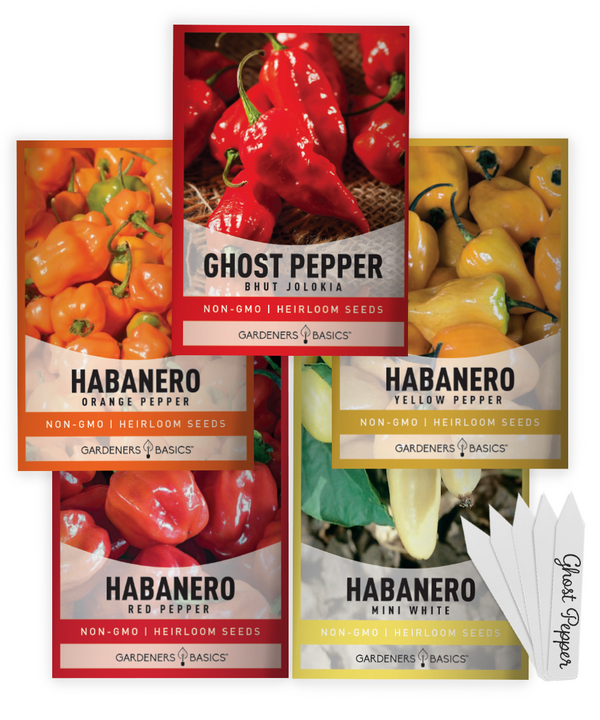
$9.95
Heirloom Hot Pepper Seeds – 5 Variety Pack, Includes Habanero & Ghost Pepper Seeds Spice up your garden with our 5 Hot Pepper Seeds Variety Pack—a must-have for any hot pepper lover or home gardener! This premium collection includes heirloom, non-hybrid,… read more




